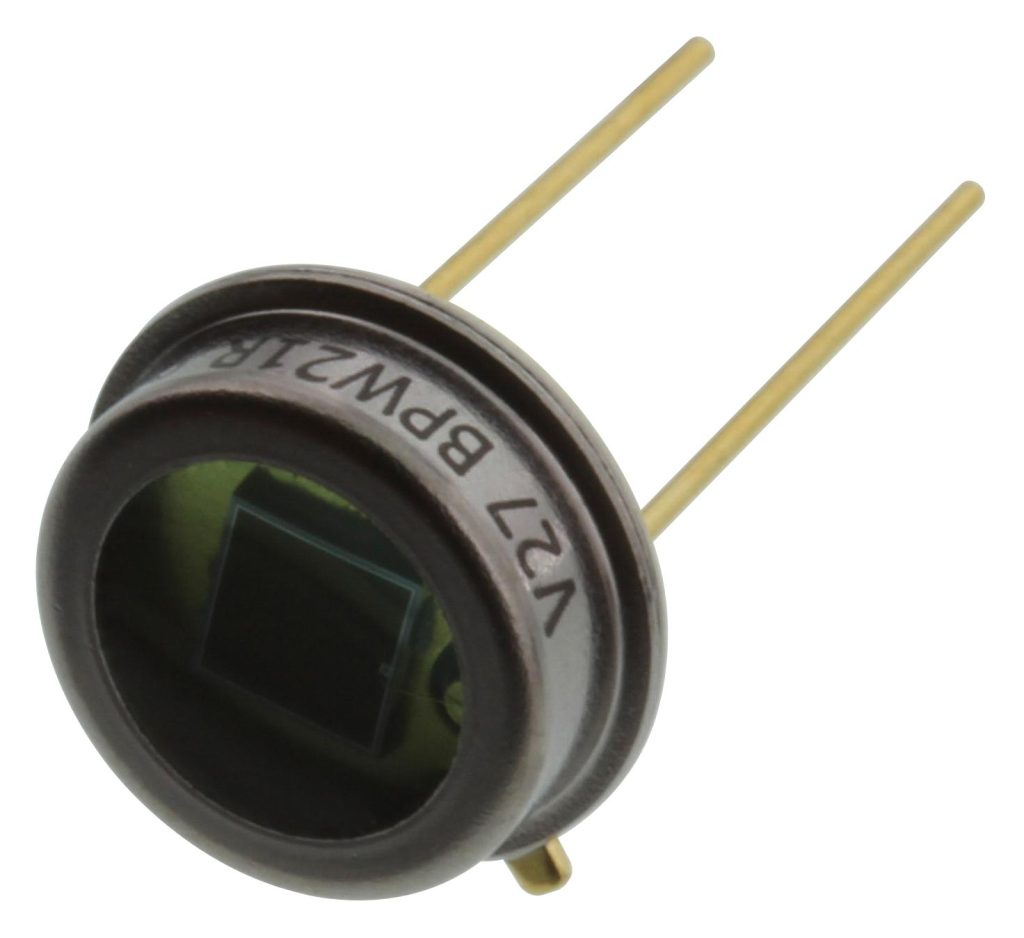With regards to testing a diode, you will need a specific strategy for tests it. You are unable to just consider the diode and say should it be functioning or otherwise not, you need to make use of an power examination. I would recommend by using a gauge looking at and blitzing an analog gauge to test your diode. Firstly, established your analogue meter visitor to x1 ohms range to be able to look for recent diode loss reverse and also frontward testing. This is how to do a fast location check up on a diode. A diode limits recent to only one particular course which implies they have polarity – plus and minus in each and every course and I am going to let you know that to test that it is doing work.
The first thing to do is to buy your battery power and meter and link up one particular part of your battery sign for the photodiode reverse bias. If you get no reading in the gauge for resistance consider checking out opposite edges from the diode – one of the ways or the other you ought to get a level of resistance reading. This means that one of the ways the diode is stopping recent for example infinite amount of resistance and also the other way you ought to get current going through the diode – this is certainly telling you that the diode is functioning effectively. Should you however, get yourself a resistance reading on guidelines, this would mean that the diode is shorted out and the diode will be useless. Tests like this are very beneficial when attempting to pin down a particular problem in a circuit table and will conserve a lot of time over time.

Plane-grade lightweight aluminum has become the information preferred by heat sinks in good quality lighting fixtures. Currently, some lights use alloys. Cheaper lamps will both have zero warmth basin whatsoever, or may have a warmth sink manufactured from plastic-type material. Dimension is also a challenge. Whilst greater warmth basins can dissipate a lot more heating, this features is personal-restricting. A PAR30, by way of example, must not use a temperature basin so large it won’t easily fit into a recessed can. Also, the warmth sink is generally the most expensive component of an LED light, so lighting fixtures with bigger temperature basins are generally more expensive. At some point, this proportion becomes expense prohibitive.
Recent Comments